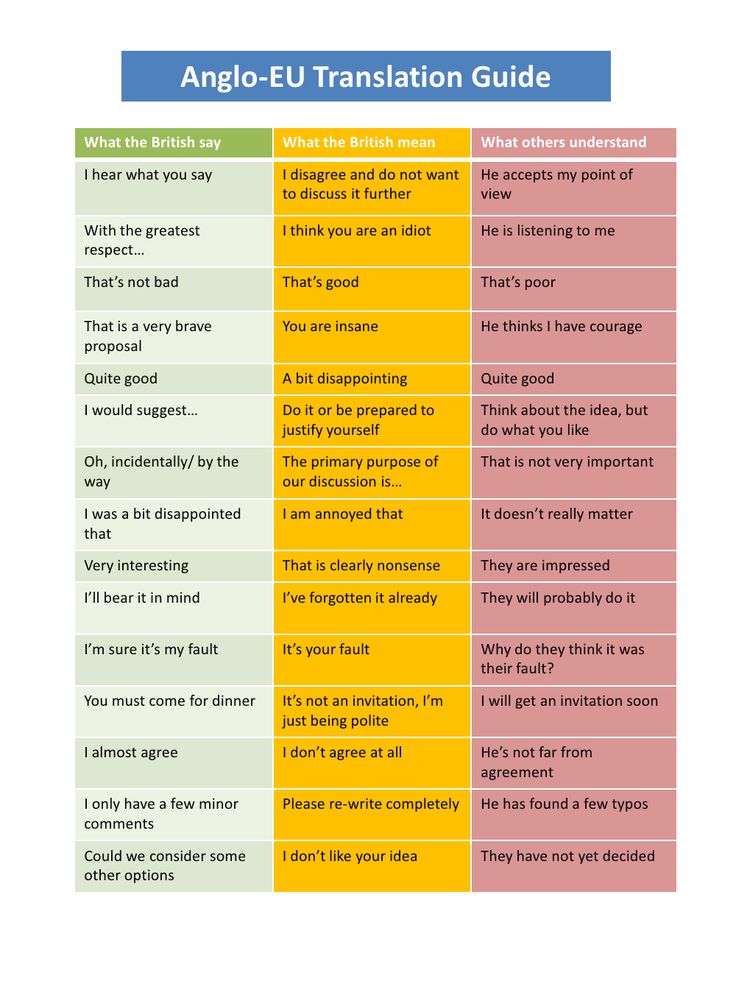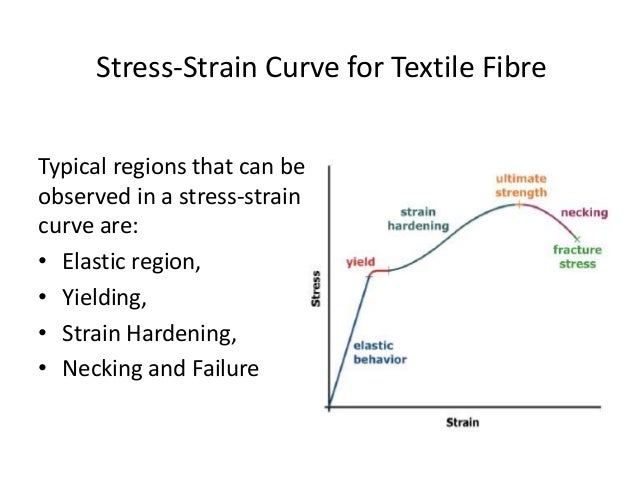Why do half of marriages end in divorce
How Common is Divorce and What are the Reasons?
“How common is divorce?” Divorce is very common in the United States with almost half of all marriages ending in divorce or permanent separation. Commitment has been shown to be a clear factor in why some couples stay together. There are times when divorce is necessary, but those in other circumstances often later indicate they wish they would have tried harder before divorcing. There are many factors that place a couple at higher risk for divorce. It may be helpful to know some of the statistics and findings outlined below.
What percentage of marriages end in divorce?Researchers estimate that 40%-50% of all first marriages will end in divorce or permanent separation and about 60% – 65% of second marriages will end in divorce. Although divorce has always been a part of American society, divorce has become more common in the last 50 years. Changes in the laws have made divorce much easier.
The highest divorce rates ever recorded were in the 1970s and early 1980s. Divorce rates have decreased since that time, but still remain high.
Over the years, researchers have determined certain factors that put people at higher risk for divorce: marrying young, limited education and income, living together before a commitment to marriage, premarital pregnancy, no religious affiliation, coming from a divorced family, and feelings of insecurity.
Young age. Marriage at a very young age increases the likelihood of divorce, especially in the early years of marriage.
Less education. Research shows that those with at least some college education (vs. high school or not finishing high school) have a lower chance of divorce.
Less income. Having a modest income can help couples avoid stress that may lead to divorce.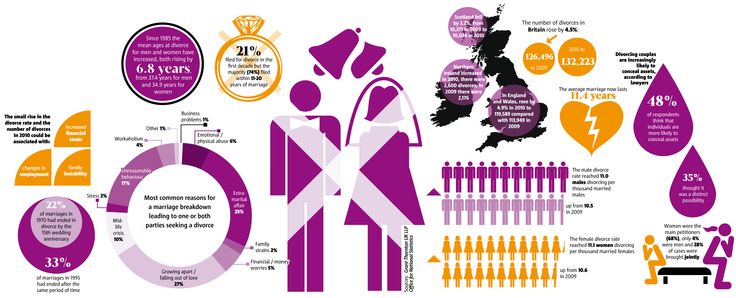
Premarital cohabitation. Couples who live together before marriage appear to have a higher chance of divorce if they marry, but the risk is mostly true for those who have cohabited with multiple partners. A common belief is that living together before marriage provides an opportunity to get to know each other better, but research has found those that live together before marriage have already developed some leniency towards divorce. This leniency towards divorce is what leads the couple to become high risk. However, there are some caveats to these findings. Research suggests couples who get engaged and then move in together are no longer at a high risk for future divorce. Their commitment towards marriage reduces the risk of a future divorce.
Premarital childbearing and pregnancy. Childbearing and pregnancy prior to marriage significantly increase the likelihood of future divorce.
No religious affiliation.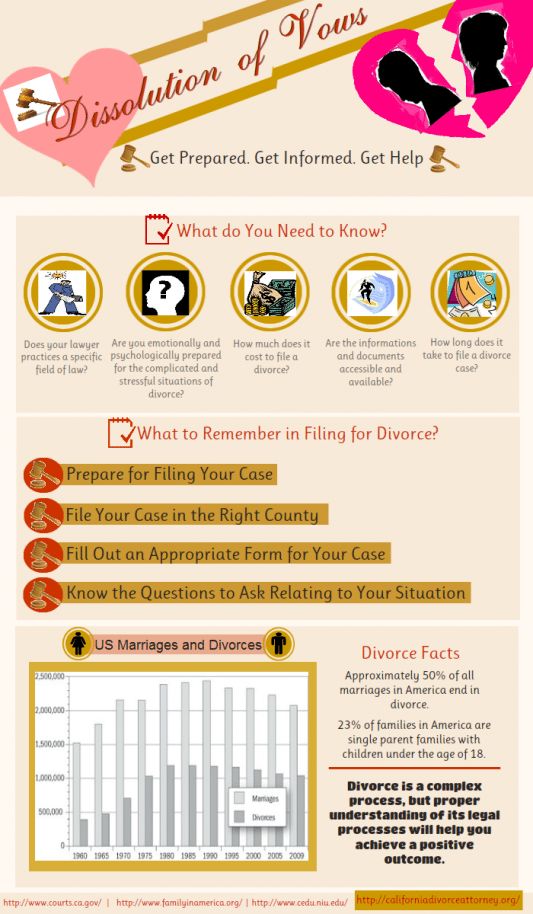 Researchers have estimated those with a religious affiliation compared to those who belong to no religious group are less likely to divorce.
Researchers have estimated those with a religious affiliation compared to those who belong to no religious group are less likely to divorce.
Parents’ divorce. Unfortunately, experiencing the divorce of your parents doubles your risk for divorce. And if your spouse also experienced their parents’ divorce than your risk for divorce triples. This does not mean you are predisposed to having your marriage end in divorce, only that you may need to be more aware of your marriage trends and work harder for a successful marriage. For more information on what a healthy marriage entails click here.
What are the most common reasons people give for their divorce?Research has found the most common reasons people give for their divorce are lack of commitment, too much arguing, infidelity, marrying too young, unrealistic expectations, lack of equality in the relationship, lack of preparation for marriage, and abuse. Many of the common reasons people give for their divorce can fall under the umbrella of no longer being in love. Research suggest the nature of love changes over time. If you feel as if you have fallen out of love, marriage counseling may help offer a new perspective that will help you rediscover that love.
Many of the common reasons people give for their divorce can fall under the umbrella of no longer being in love. Research suggest the nature of love changes over time. If you feel as if you have fallen out of love, marriage counseling may help offer a new perspective that will help you rediscover that love.
Dr. Scott Stanley, a prominent marriage researcher and therapist, defines commitment as “having a long-term view of the marriage that helps us not get overwhelmed by the problems and challenges we experience day to day.” Having a personal dedication to your marriage involves a real desire to be together with one’s spouse in the future and having an identity as a couple. When there is a high level of commitment in a relationship, we feel safer and are willing to give more. Developing this level of commitment can take time as you learn to change your mindset. When your level of commitment seems to be fading it can be helpful to remember the good times in your relationship.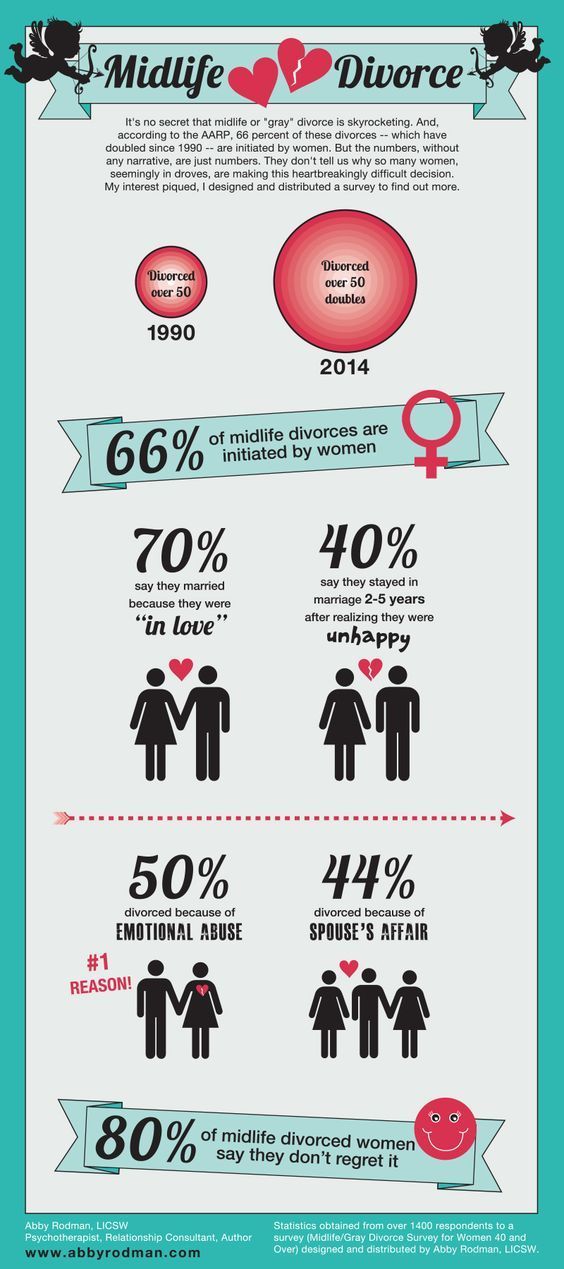
Some couples are faced with very difficult situations, such as abuse, infidelity, or addictions. Each of these situations deserves special consideration:
Abuse
- When there is a pattern of abuse in a marriage or in a family, not surprisingly there is evidence that ending the marriage is usually best for all involved. While some spouses are able to end and overcome abuse, abused spouses and children are usually better off when the marriage is ended.
- Sometimes, ending a marriage with an abusive spouse can be dangerous, however. It is probably a good idea to work with a domestic violence shelter in your community to help you end the relationship safely.
- If you suspect that you (or someone you know) is in an abusive relationship, you may want to look at this webpage on Signs of Abuse. Also, for more information and help, you can access the National Domestic Violence Hotline at 800-799-7233, or visit their website at http://www.
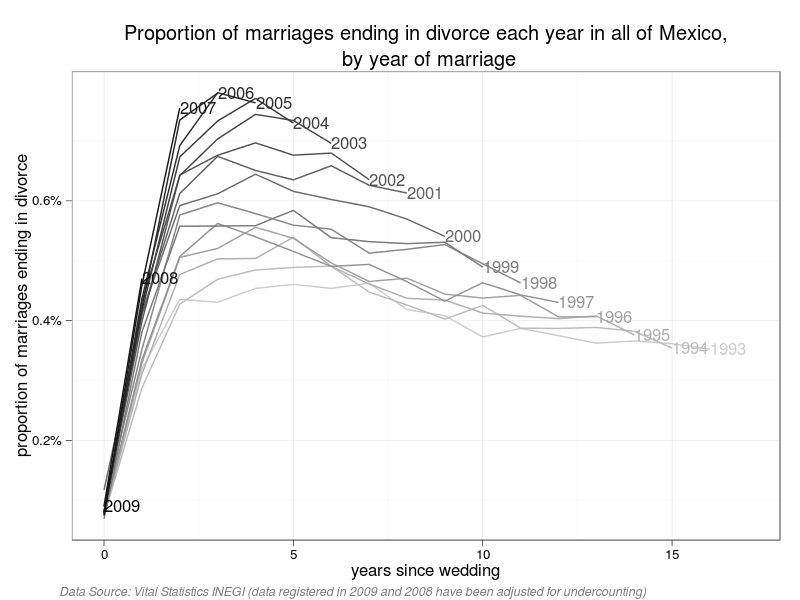 thehotline.org/.
thehotline.org/.
Infidelity
- Most Americans say they would end their marriage if their spouse cheated on them. However, many couples (50-60%) who have dealt with infidelity in their marriages find the will and strength to stay together.
- An excellent resource to learn more about recovering from marital infidelity is the book, Getting Past the Affair: A Program to Help You Cope, Heal, and Move On—Together or Apart.
- Also, consider getting help from a well-trained marriage counselor and/or a dedicated religious leader who will help you heal, decide what to do, and repair the marriage, if you decide to stay together. Recovering from infidelity can be very difficult to do without some help.
Addictions
- Addiction can come in many forms, such as alcohol, drugs, gambling, or pornography.
- If you are faced with addictions or a spouse is suffering from addictions, you can find help from organizations such as Alcoholics Anonymous and Narcotics Anonymous.
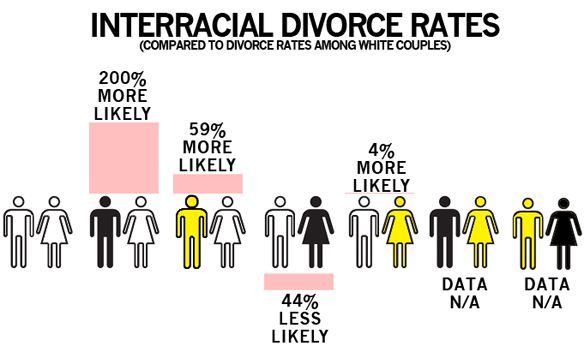
- In some cases, the addict can recover and the marriage can be repaired. In other cases, it is best for the spouse and children to separate from the addict to see if progress can be made. Each person has unique circumstances and must decide what is right for her or him. Again, consider turning to a trained professional and/or a religious leader to help you know how best to handle your situation.
Find the research support here.
Half of Marriages Don't End in Divorce, Despite the Common Myth
The INSIDER Summary:
• There's a myth that divorce rates are 50% and ever increasing.
• The divorce rate has actually been going down for decades.
• Part of it is because divorce rates are hard to measure.
• Overall, younger people in the United States are getting smarter about marriage.
It's a long-standing, depressing myth that 50% of marriages in America end in divorce. At that point, why even try, right?
At that point, why even try, right?
Wrong. In fact, the divorce rate in the United States is going down. It hit a peak of about 41% for people who married 35 years ago and it's been falling ever since.
But the story of divorce — and how to measure it — is still a complicated one. Nonetheless, it's been mostly good news for the past few decades.
It's hard to measure divorce rates.
The misconception about the divorce rate could be partially attributed to the trickiness of measuring it.
Most people mistakenly believe that in order to find the divorce rate, you divide the rate of divorce in the entire population by the rate of marriage in the entire population in any given year.
Still, there are some upsides to divorce, like humorous cakes. Denise Truscello / GettyIn 2006, for example, the marriage rate was 6.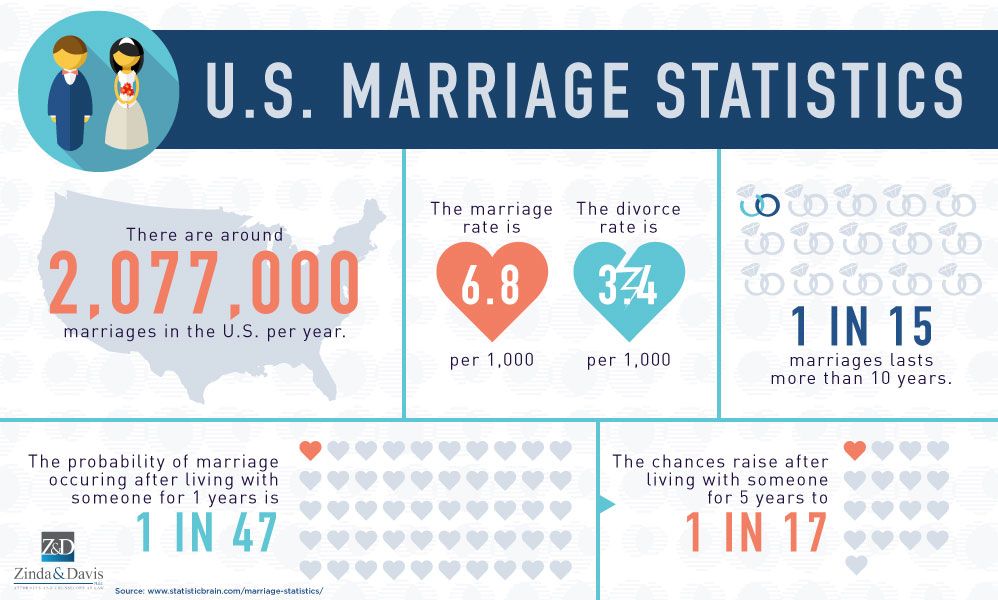 9 out of 1,000 people in the United States and the divorce rate is 3.2 out of 1,000 people, according to the National Center for Health Statistics.
9 out of 1,000 people in the United States and the divorce rate is 3.2 out of 1,000 people, according to the National Center for Health Statistics.
So if you divide 3.2 by 6.9, you get 46.3% of marriages ending in divorce. That's almost half!
The thing is, dividing the annual divorce rate by the annual marriage rate is useless. The same people getting married in 2016 aren't the ones getting divorced in 2016. So by measuring the divorce rate that way, you don't get any sense of how divorce rates change across different generations, which is what you need to understand if you want to see how divorce rates are trending.
But there's a way to do it.
The best way to understand divorce rates, researchers say, is to calculate how many marriages have subsequently ended in divorce.
In other words, if we want to count how marriages held up in the past few decades, let's count how many of them made it to their 15th anniversary.
Statistically speaking, this couple isn't going anywhere. Chris Jackson / Getty
Chris Jackson / Getty Measured that way, approximately 65% of marriages that began in the 1970s and 1980s reached their 15th anniversary, according to data from University of Michigan economist Justin Wolfers provided to the New York Times, making for a divorce rate of about 35% for those generations.
Based on that same data, about 70% of marriages from the 1990s reached 15 years, for a divorce rate of about 30%. And through around 2014 (which is when the dataset ended), the divorce rate for people who married in the 2000s was only at 15%.
The divorce rate, it appears, is dropping.
In the 1970s, people thought marriage was doomed.There's a reason why people are worried about divorce rates. It's a holdover from decades ago, when the rate started trending upwards.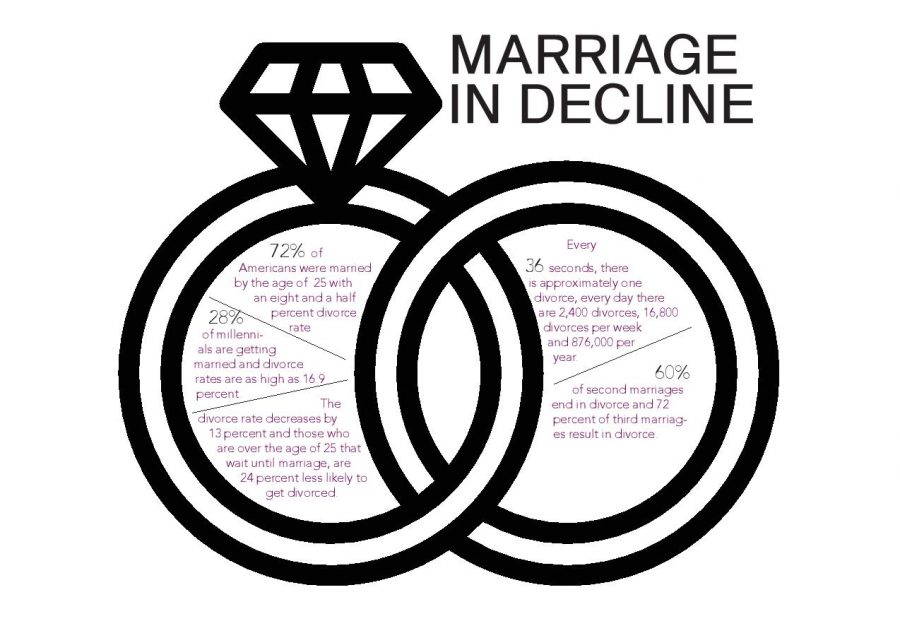
But according to the Times, the rise in divorce rates in the 1970s and 1980s was a historical anomaly. It occurred during the same time as a major feminist movement, which changed the way society thought about the role of women in life and in the economy. Women initiate about 70% of today's divorces.
At the time, the high divorce rate signaled an upward trend that would lead to 50% of marriages ending up in divorce. But that statistic never substantiated itself. Divorce rates began declining in the mid-1980s and continue to do so.
Today, people are getting smarter about marriage.A few combined trends are leading to lower divorce rates, according to sociologists. In general, people are making better decisions about who they marry.
This couple will probably be fine. REUTERS/Athit PerawongmethaYoung people are waiting longer before getting married, citing the need for a strong economic foundation before doing so.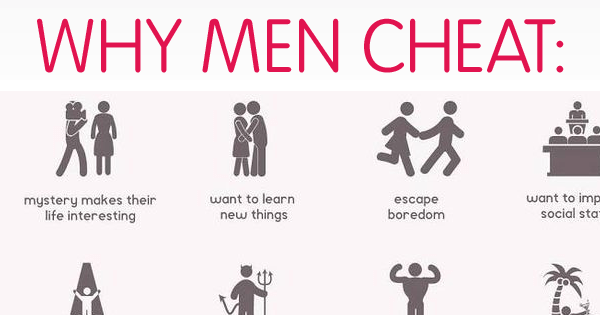 And young people also have more children out of wedlock than previous generations, according to a 2014 Pew report, indicating that they're avoiding "shotgun weddings" that are more likely to end in divorce.
And young people also have more children out of wedlock than previous generations, according to a 2014 Pew report, indicating that they're avoiding "shotgun weddings" that are more likely to end in divorce.
Another huge trend is cohabitation: More couples are living together before getting married. According to a study at the National Center for Family and Marriage Research, only 11% of women who first married between 1965 and 1974 cohabited before marriage. For couples who married between 2005 and 2009, 66% of women lived with their significant other before marriage.
But the divorce rates vary depending on where you live.The divorce rate may have been decreasing overall in the United States, but if you look at the breakdown by state, there's something else going on.
In some states, the number of divorces as a percentage of the population in any given year is more than double of some other states. And while that statistic isn't useful for charting trends within any given area, it's used by scientists to illustrate differences between different places.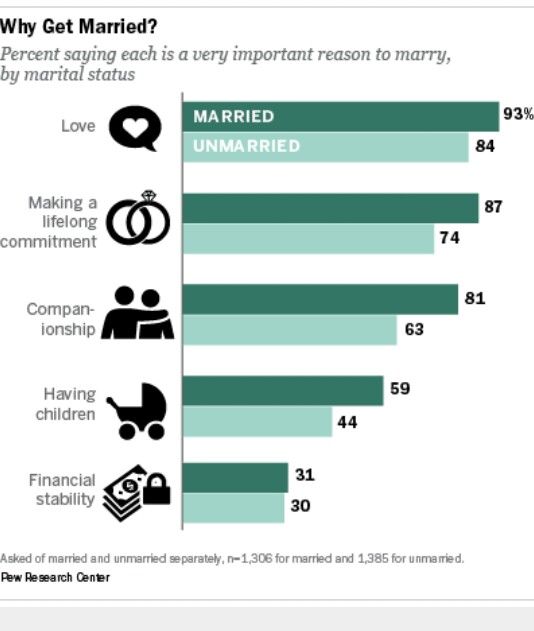
There hasn't been a lot of research done as to why that is. And a look at the data doesn't yield any obvious conclusions about religion, urban vs rural life, or any other factor being an obvious reason.
Iowa, for example, had the lowest divorce rate as a fraction of the population in 2014. An average of 1.5 of every 1,000 people got divorced in 2014. Next comes Illinois, with an average of 2.2 of every 1,000 people, then Connecticut, the District of Columbia, Louisiana, and Maryland with averages of between 2.4 and 2.6 per 1,000 people getting a divorce in 2014.
Brits have an even lower divorce rate than Americans. WPA Pool/GettyIn Nevada, though, an average of 5. 3 out of every 1,000 people got divorced in 2014. And Arkansas, Oklahoma, and Wyoming had divorce rates in 2014 with averages between 4.8 and 4.5 out of every 1,000 people.
3 out of every 1,000 people got divorced in 2014. And Arkansas, Oklahoma, and Wyoming had divorce rates in 2014 with averages between 4.8 and 4.5 out of every 1,000 people.
And, of course, not every country is like the United States. The Economist, in an analysis done in 2014, found that divorce rates were higher in the United States than in Britain — though it's steadily dropping in both countries. And in China and Russia, the divorce rate is rapidly increasing despite government emphasis of "family values."
So while the divorce rate is definitely nowhere near half, it's still a tricky thing to measure. And though not every place in enjoying a lower divorce rate, the next generation looks like it's gotten smarter about handling their marriages.
Why do second marriages often end in divorce?
43,286
DivorceRelationship crisisMan and woman
Of course, “every unhappy family is unhappy in its own way,” but experts identify seven reasons why remarriages break up.
1. Communication with former
“Many people get married when the first relationship is not over. Communication between spouses continues, this undermines trust in a new marriage, ”explains psychotherapist Kurt Smith.
2. Financial disputes
“In the first marriage, the spouses have a joint budget and common financial goals, in subsequent marriages there are more significant assets. They may have personal financial goals that they worked towards before marriage that they don't want to give up. Money in the second and subsequent marriages is perhaps the main reason for disagreement. Spouses often break up due to financial conflicts, ”says family consultant Aaron Anderson.
3. Refusal of specialist assistance
“Those who are entering into a second marriage need specialist advice. He will ask questions that need to be answered before the wedding, so you will better understand your motives and get an idea of the difficulties that may arise, ”says Tina Tesina, a psychotherapist.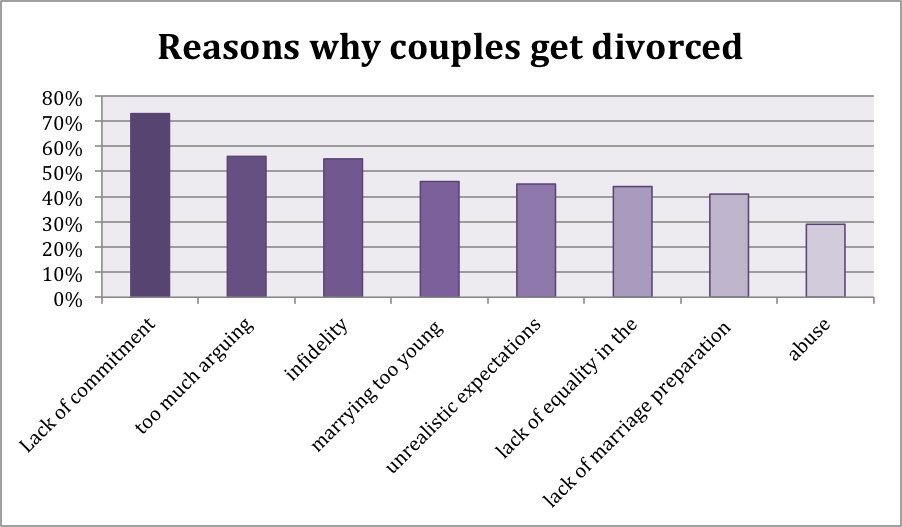
4. No joint property
“In a second marriage, people often live in the territory of one of the spouses. They know how difficult it is to divide common property in a divorce. In the event of a quarrel, one of the partners takes his things and leaves, a second divorce is not as scary as the first time, ”says family therapist Virginia Gilbert.
5. Expectations too high
“Many run away from a spouse in whom they see only flaws. When the euphoria wears off, similar problems arise. Expectations from a second marriage are often high, and the couple does not stand the test of family life, ”says psychologist Alicia Clark.
6. Repeating the mistakes of the past
“We want to forget the past, but we will repeat the mistakes until we analyze the history and learn about the partner's past. Only by starting to talk about everything that happened, we will better understand each other and get rid of feelings of guilt, fear and jealousy towards former spouses.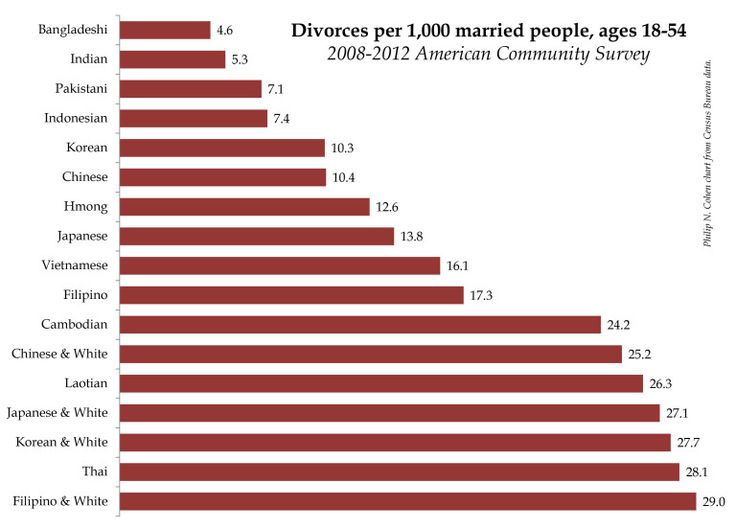 We will understand what is similar with the spouse, and what is not, find out what he dreams about and what he believes in. Acquaintance with the past helps to recognize problems and not repeat them in a new marriage, ”says Tina Tesina.
We will understand what is similar with the spouse, and what is not, find out what he dreams about and what he believes in. Acquaintance with the past helps to recognize problems and not repeat them in a new marriage, ”says Tina Tesina.
7. Children
“People expect love and romance, but from the first marriages partners have children who live with their parents permanently or part of the time. The presence of children in one of the spouses implies the emergence of additional responsibilities for the other: take the child home to the second parent or pick him up from there, arrange a joint vacation, do homework with the stepson, make a fancy dress for the stepdaughter or play football with the children. Children take up a lot of time, and you may not have the opportunity to be alone, ”comments Aaron Anderson.
The arguments given by the experts are convincing. However, many are truly happy only in the second, third or even fourth marriage. It's up to you to decide.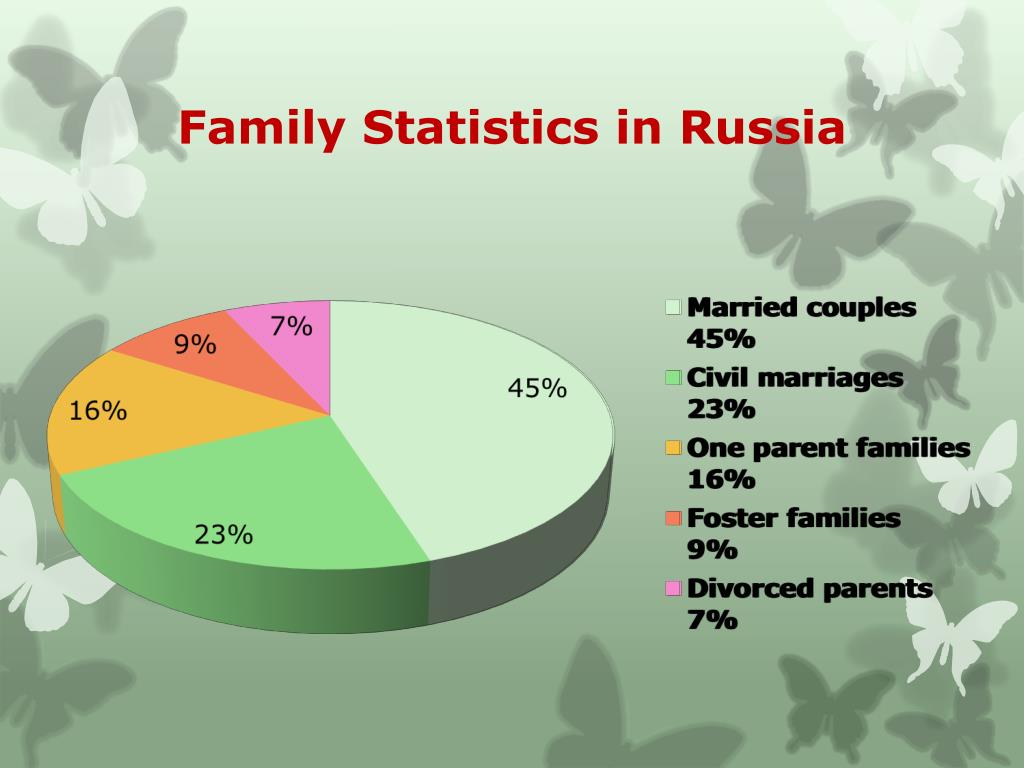
Source: The Huffington Post.
Text: Alexandra Galimova Photo Source: Getty Images
New on the site
“My husband doesn't want to have a baby in the next two years. What if he then goes to another?
“My wife cheated on me. How to return her love?
How to understand that you are in a relationship with "Peter Pan": 5 signs
How to get along as an extrovert and introvert: 5 tips — build a harmonious relationship
“Mom, that's enough!”: how to get along with elderly parents
On the edge: how to behave if a loved one has borderline personality disorder?
“I want to die, but my mother thinks that this is just a transitional age”
Picking, pressing, combing: what does the passion for acne manipulation say about your psyche
Reasons for divorces in Russia: statistics for 2020
Sergey Antonov
everyone is happy in marriage
Author profile
Alexey Smagin
never tried marriage
According to statistics, there are 7 divorces for 10 marriages in Russia.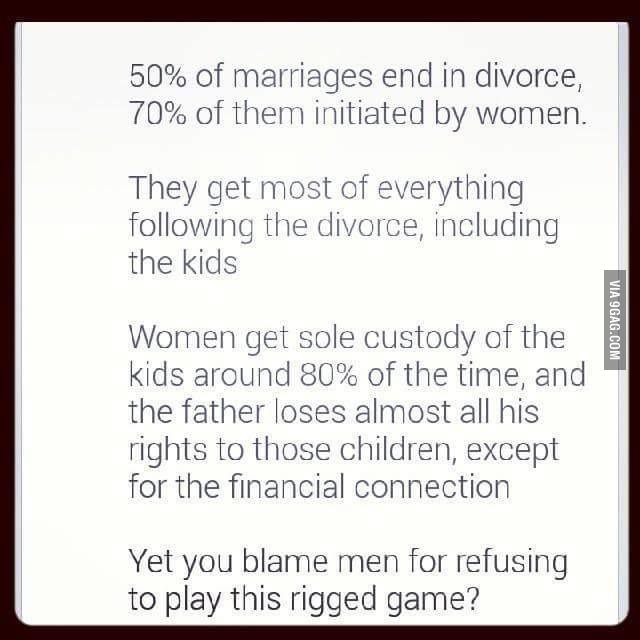
In 2022, in January-October alone, 868.7 thousand marriages and 567.3 thousand divorces were registered in Russia. If you look at opinion polls, then often, when talking about the reasons for the breakup, the ex-husband and wife use the vague wording "didn't get along."
We have studied official divorce statistics and research by scientists and tried to find out why marriages in Russia actually break up.
How often people get divorced
Over the past ten years, Russians have become less likely to get married, while the number of divorces has become almost a record. So, in 2006 in Russia there were more marriages than divorces, about 1.5 times, in 2011 - 2 times, in 2020 - 1.4 times, in 2021 and 2022 - 1.5 times. Even the pandemic had almost no effect on the number of couples who decided to formalize the breakup: in a covid year, there were 7 divorces for 10 weddings.
For convenience, statistics consider the relative number of marriages (and divorces) in the same way as other indicators: divide the number of marriages in the region by the number of its inhabitants. If you see that in Russia there are 75 marriages per 10,000 people, you should know that there are 150 newlyweds for every 10,000 inhabitants.
If you see that in Russia there are 75 marriages per 10,000 people, you should know that there are 150 newlyweds for every 10,000 inhabitants.
The number of marriages is affected by the birth rate in previous years. For example, in the eighties it was high, so the number of marriages grew until the end of the 2010s: a lot of people entered the so-called marriageable age - Russians most often get married at the age of 20-30. And in the nineties, the birth rate in the country fell by about one and a half times compared to the eighties. As a result, by 2022, the number of people at the age when Russians actively marry has also decreased.
Fragment of the HSE Annual Demographic Report for 2006PDF, 521 KB
In parallel, another factor played a role. In Russia, as in many Western countries, the typical bride and groom are gradually "aging": the average age of marriage is growing. In 1993, the typical groom was 26.1, the bride 24.1. In 2016 - 30.1 and 27.7, respectively.
In 1993, the typical groom was 26.1, the bride 24.1. In 2016 - 30.1 and 27.7, respectively.
Fragment of the HSE Annual Demographic Report for 2017PDF, 668 KB
As a result, since 2012, the number of marriages has decreased by 1.8 times, and divorces by only 1.2 times.
The leader in the number of divorces in 2022 is Karachay-Cherkessia: 81 divorces per 10,000 inhabitants. In second place is the Jewish Autonomous Region: 70 per 10,000. In the third place is Ingushetia: 63 divorces. Families broke up the least in 2022 in Mordovia: 32 divorces per 10,000 inhabitants were registered there. There is also a low percentage of divorces in the Nenets Autonomous Okrug, where 33 divorces per 10,000 population were registered, in Tyva - 34 divorces.
What Russians consider a good reason for divorce
In 2021, VTsIOM asked Russians what, in their opinion, is the most common reason for divorce in Russia. Respondents could select multiple answers. In the first place were financial factors — poverty and the inability to feed a family: 33% of respondents answered this way. In second place is the lack of mutual understanding: 15%. On the third - betrayal or jealousy of one of the spouses: 14%.
In second place is the lack of mutual understanding: 15%. On the third - betrayal or jealousy of one of the spouses: 14%.
As for adultery in marriage, according to the Anketologist's study, about half of Russians consider it deserving of condemnation. Moreover, 40% of Russians are categorically against the so-called open relationships, in which connections with other people are practiced and this is not considered treason. It is worth noting that most Russians understand cheating as physical contact with another person: sexual intimacy, hugs or kisses.
Is this the end? The Russians said that they consider betrayal in a relationship - a study by Anketologist
However, according to the population, betrayal is not always the end of a relationship. 14% of Russians believe that after the betrayal of one of the partners, it is definitely possible to save relationships and marriage. Another 49% believe that it is likely to succeed.
Source: Anketologist Source: AnketologistWhat else affects the strength of marriage
According to sociologists, there are other factors that increase the likelihood of divorce.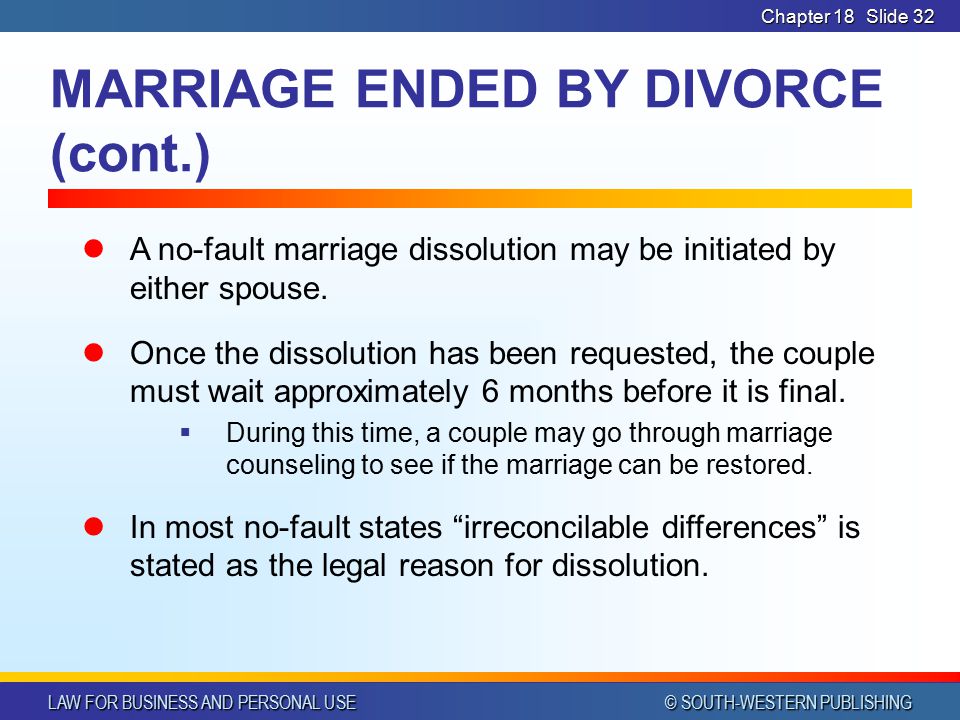 They are not as obvious as cheating or the unwillingness of one of the spouses to find a job. Sociologists analyze the divorce statistics of hundreds and even thousands of couples and come to the conclusion that there are hidden factors that increase the chance of a family breakup.
They are not as obvious as cheating or the unwillingness of one of the spouses to find a job. Sociologists analyze the divorce statistics of hundreds and even thousands of couples and come to the conclusion that there are hidden factors that increase the chance of a family breakup.
No children. According to the Institute of Demography of the Higher School of Economics, in the 1980s and 1990s, families with children accounted for more than 60% of the total number of divorces. By 2015, this figure fell one and a half times - to 41%.
Childless couples divorce more often — HSE study
Marriage age. With each year of marriage, the chance of divorce decreases. So, in couples who got married in 1980-1989, they thought about divorce 9.3% of men and 22.4% of women, and among those who registered relationships in 2000-2004 - 14.3 and 27.1%, respectively.
Who breaks up relationships more often and why — a study by the Higher School of Economics
Scientists explain this situation with purely psychological reasons: couples who started a family in the 2000s were at the beginning of a joint journey at the time of the study.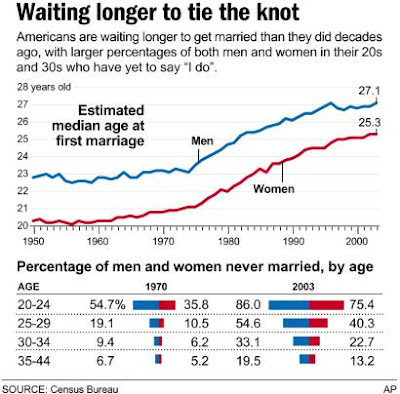 They are just beginning to organize a joint life, distribute responsibilities, rub each other in. The likelihood of disagreement is much higher.
They are just beginning to organize a joint life, distribute responsibilities, rub each other in. The likelihood of disagreement is much higher.
The high position of a wife. Swedish scientists came to the conclusion that couples divorce more often, where a woman was promoted in the service. Families in which the wife gets the post of CEO, mayor or parliamentarian are twice as likely to break up than those where the same position goes to the husband.
Single women: career advancement and marital longevity - American Economic Journal article, in English
According to the authors of the study, couples in such cases have increased conflicts that are associated with the changed social and economic position of the wife. And women also have less time for family leisure and housework, which also often affects the strength of relationships.
Views on marriage. But there are also studies, the authors of which claim that the reasons for divorce lie only in the life attitudes of the spouses themselves. Scientists from Volgograd State University, who have been studying marriages and divorces in Russia for several years, say that neither the well-being, nor the duration of the relationship, nor the difference in the age of the husband and wife affect the strength of the family.
Scientists from Volgograd State University, who have been studying marriages and divorces in Russia for several years, say that neither the well-being, nor the duration of the relationship, nor the difference in the age of the husband and wife affect the strength of the family.
Causes of divorce in modern Russia - an article by scientists Elena Laktyukhina and Georgy Antonov in the journal "Demoscope"
People of different ages, with different levels of education, rich and poor, married for one year and many years, with and without children - the probability of divorce is about the same for everyone.
According to researchers, subjective ideas about marriage and partner, as well as respect, fidelity, tolerance, and the presence of common interests are important. If the other half corresponds to these ideas, the couple will not divorce.
Simply put, if the husband believes that he is a breadwinner, and the wife's role is to stay at home, and she agrees with him, then their values coincide and the marriage will be strong.




